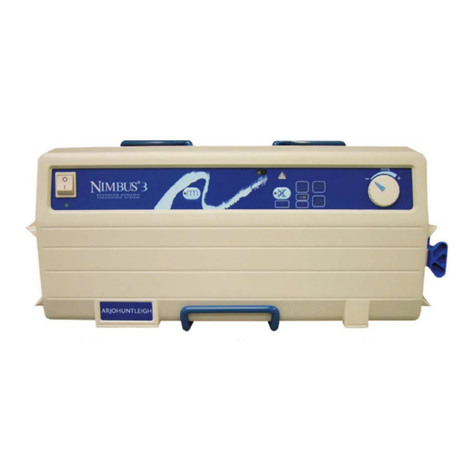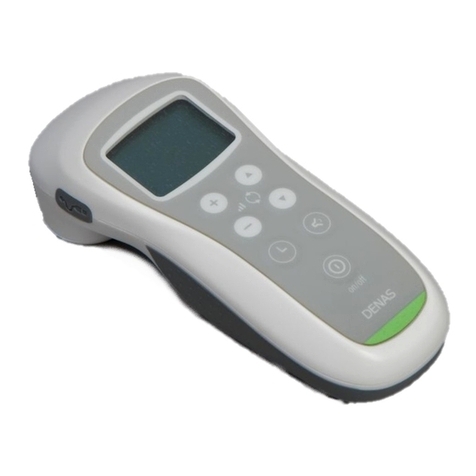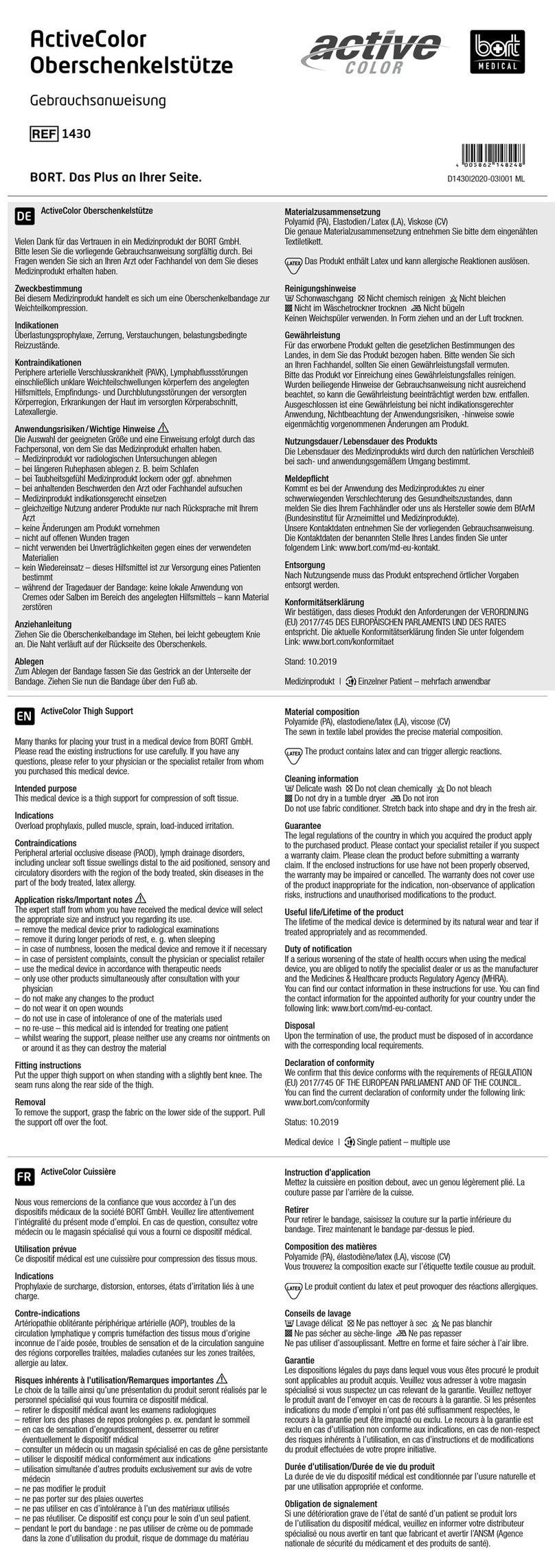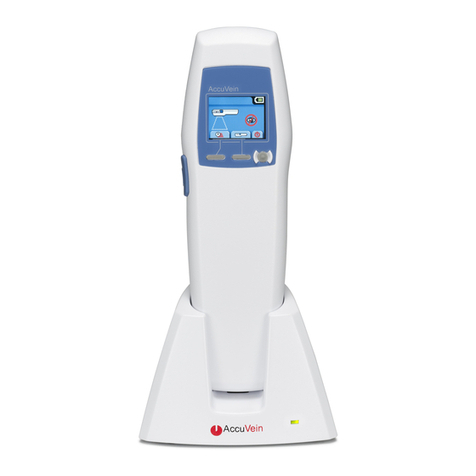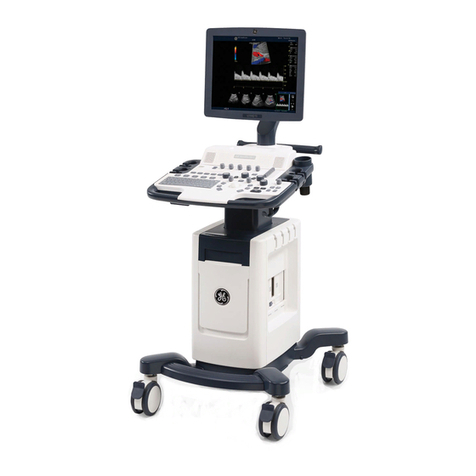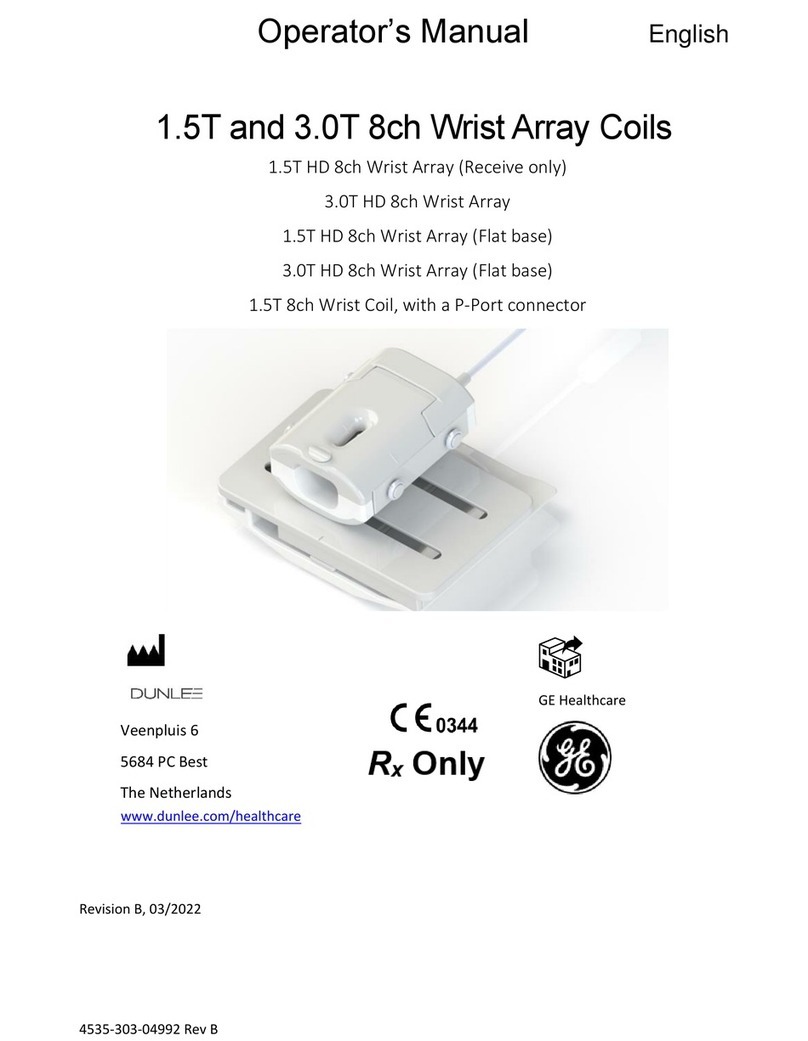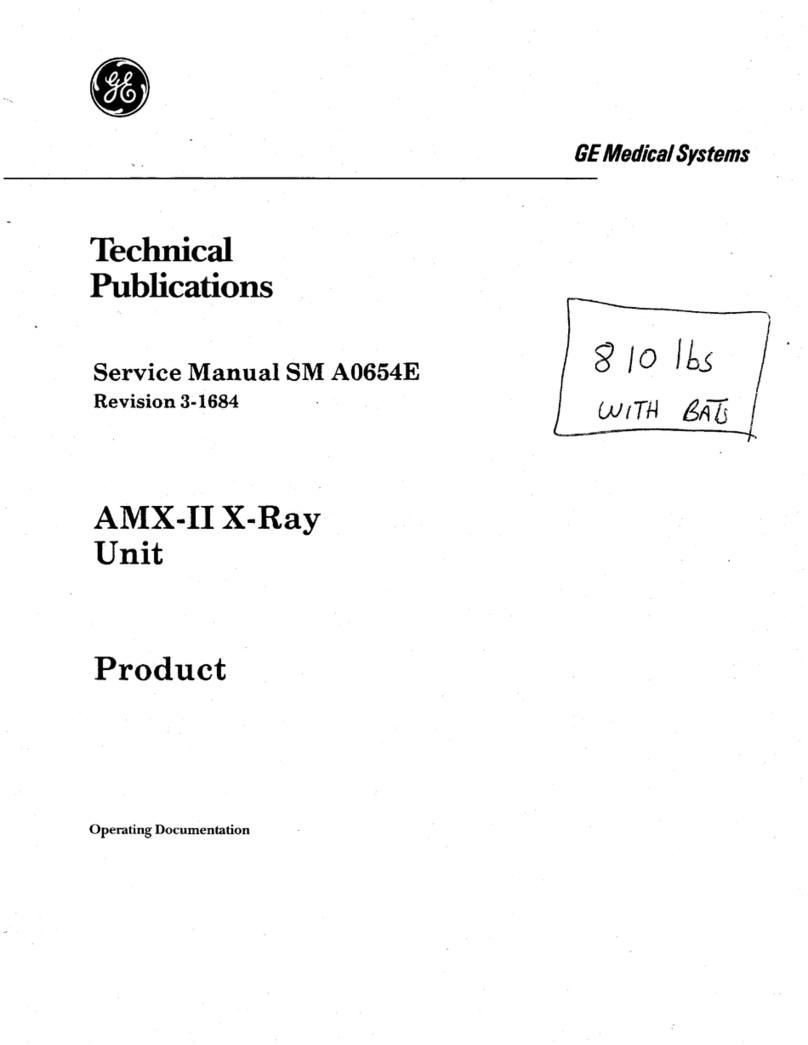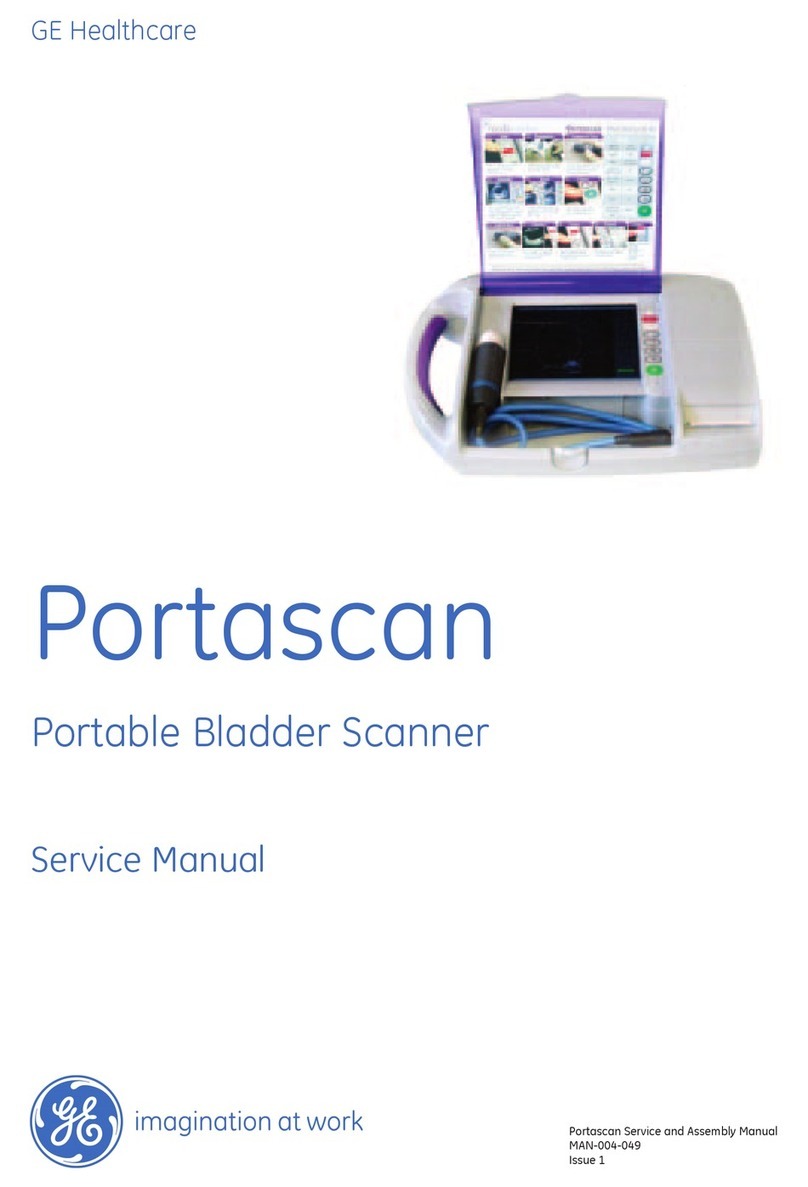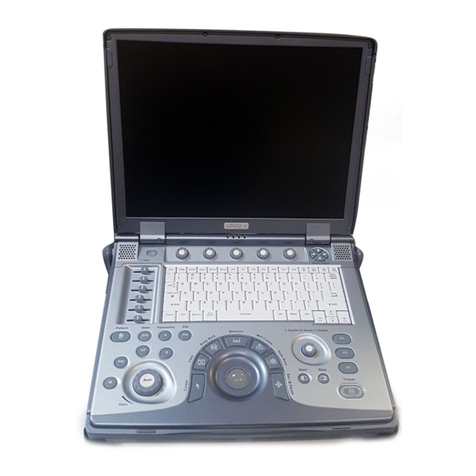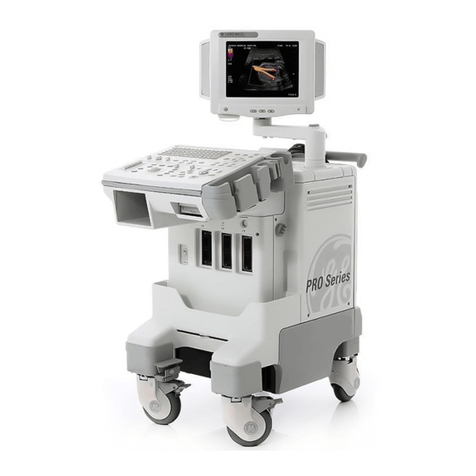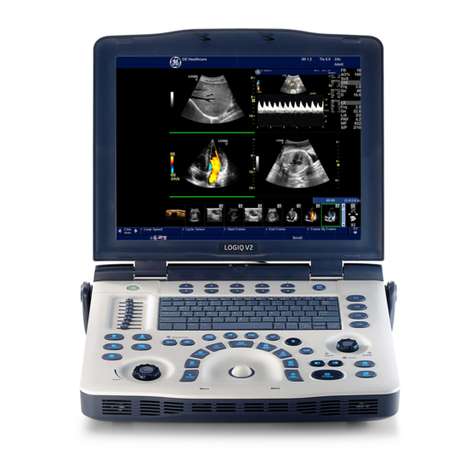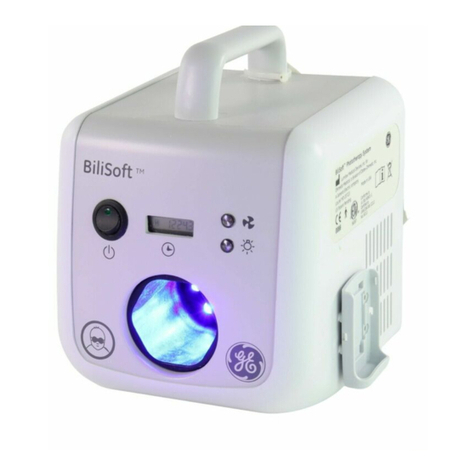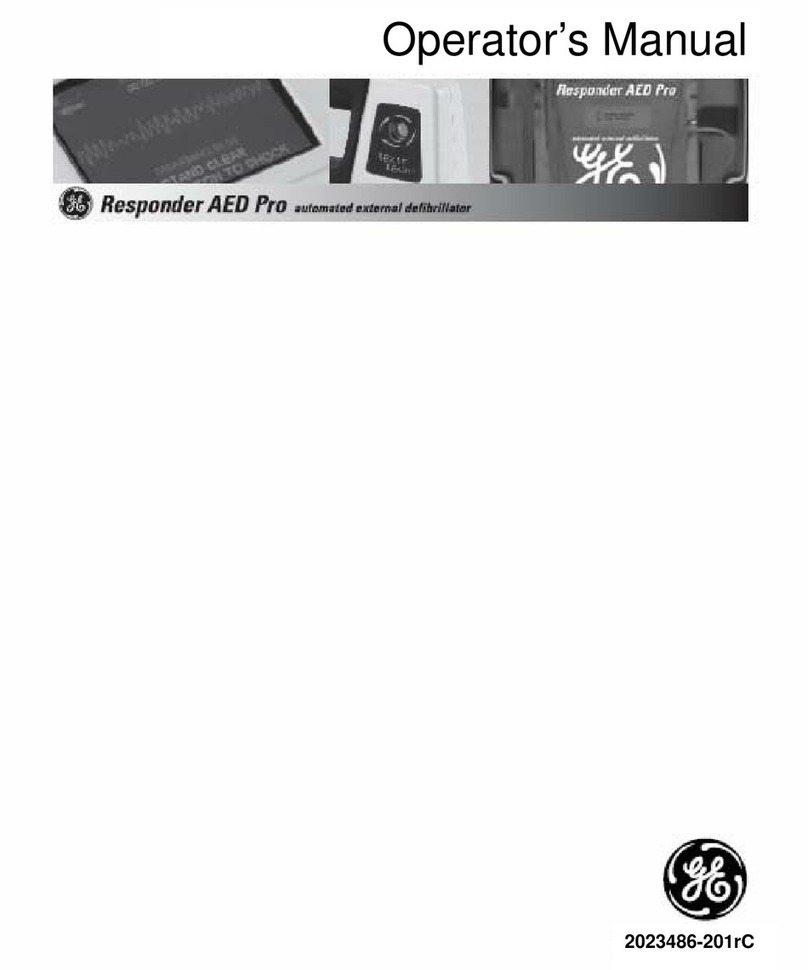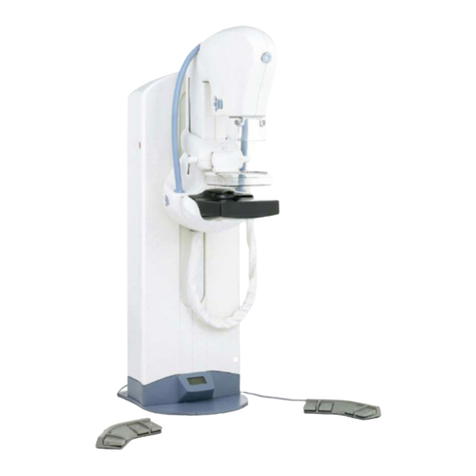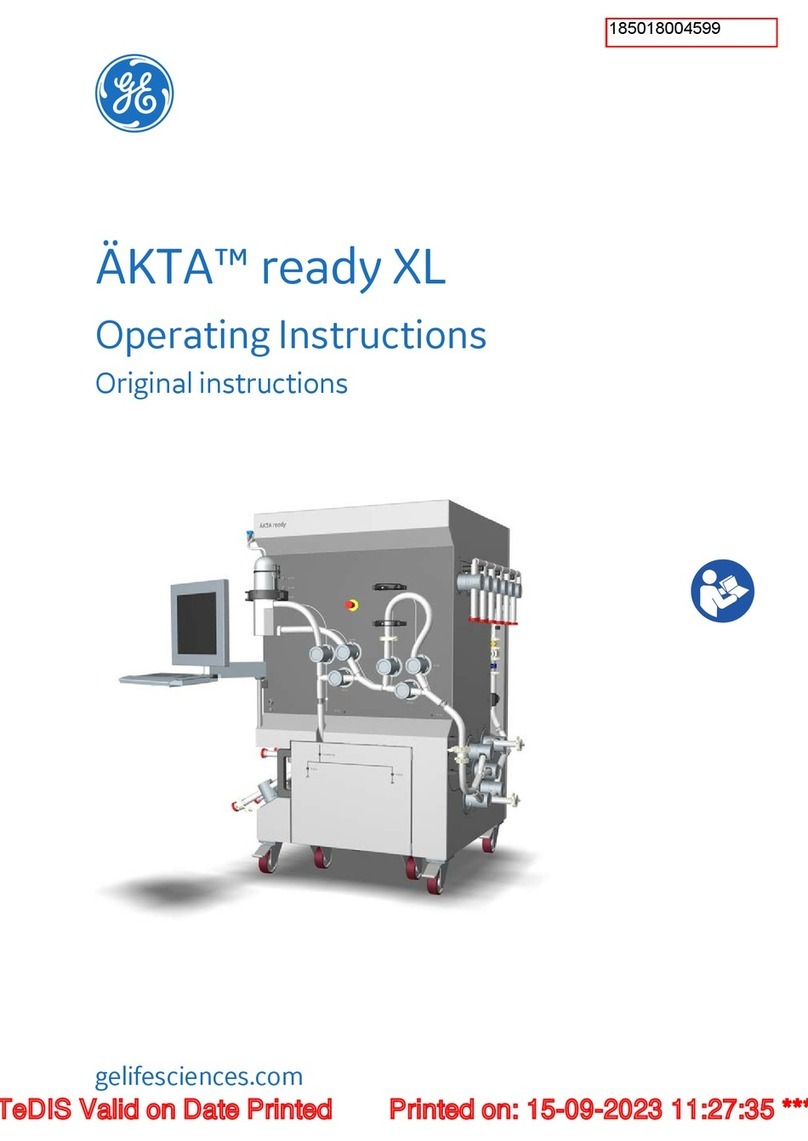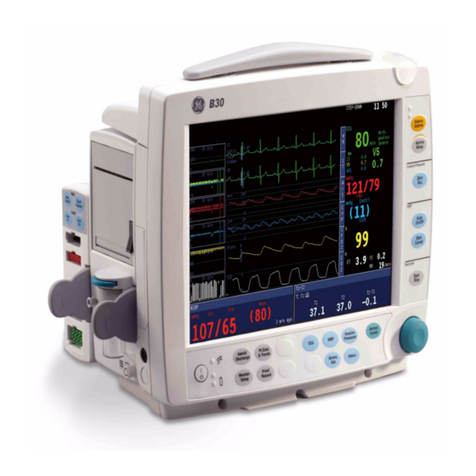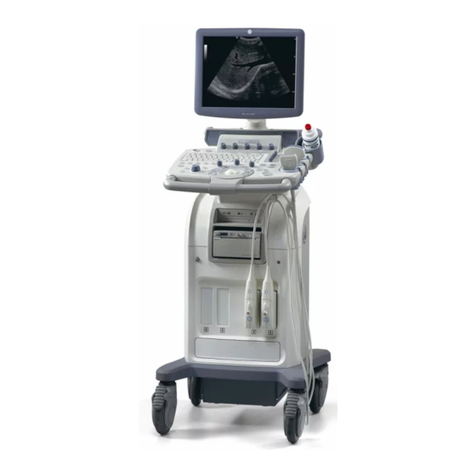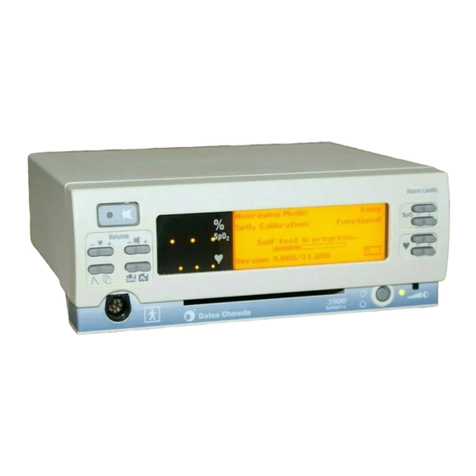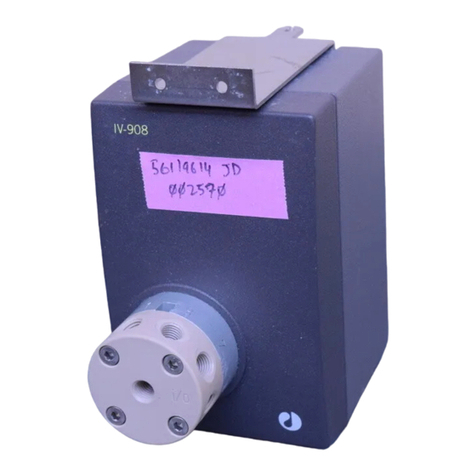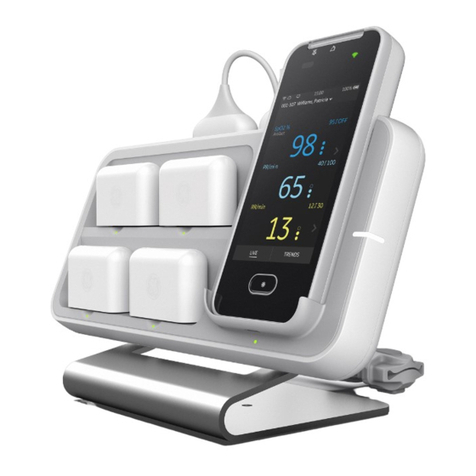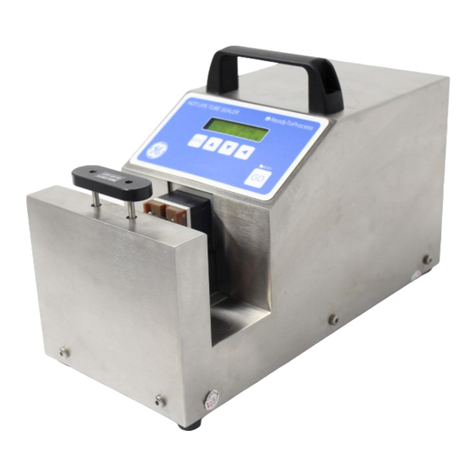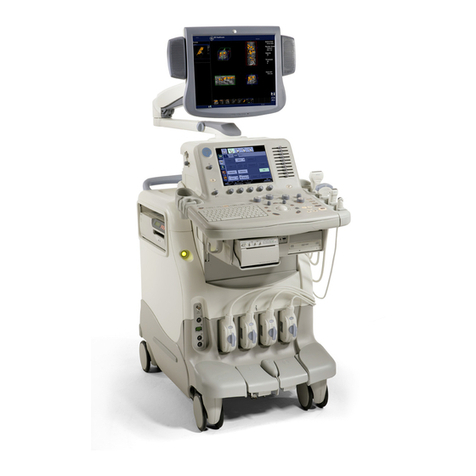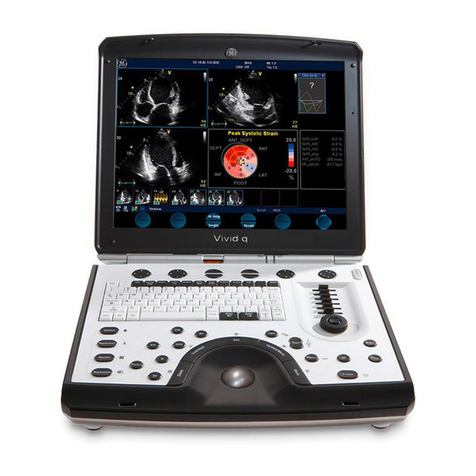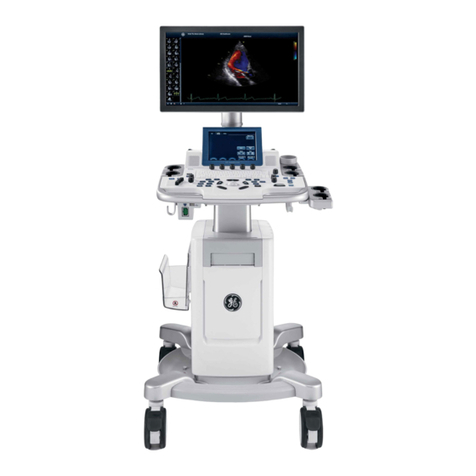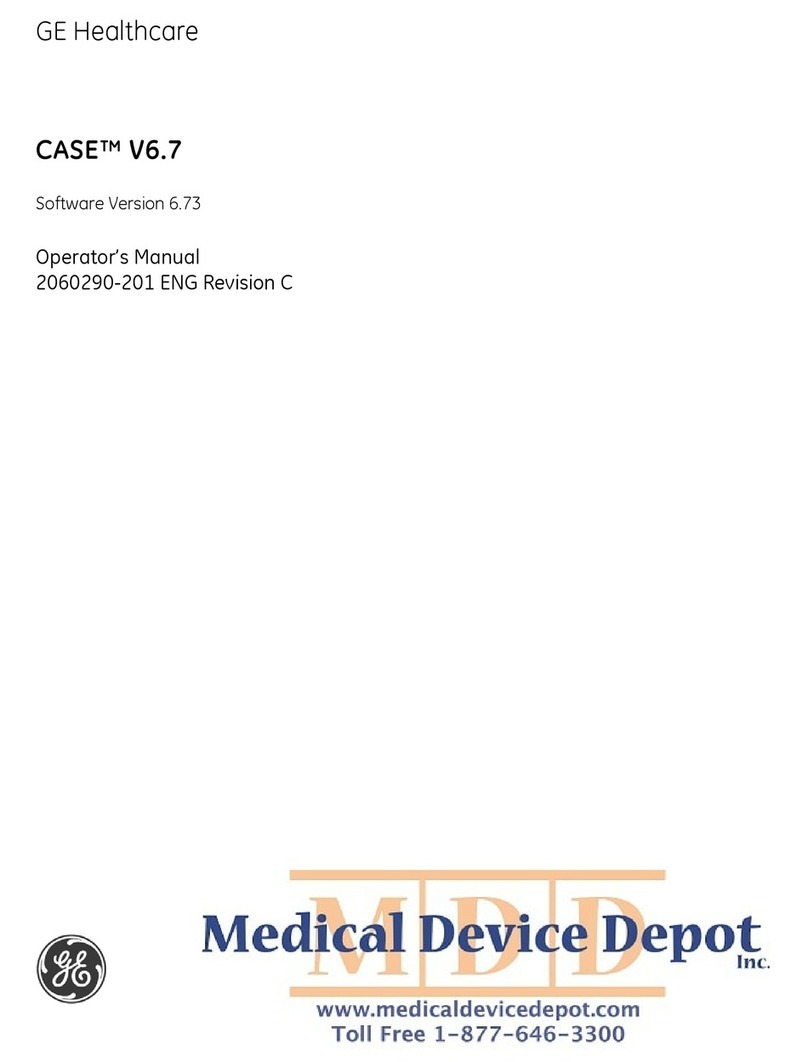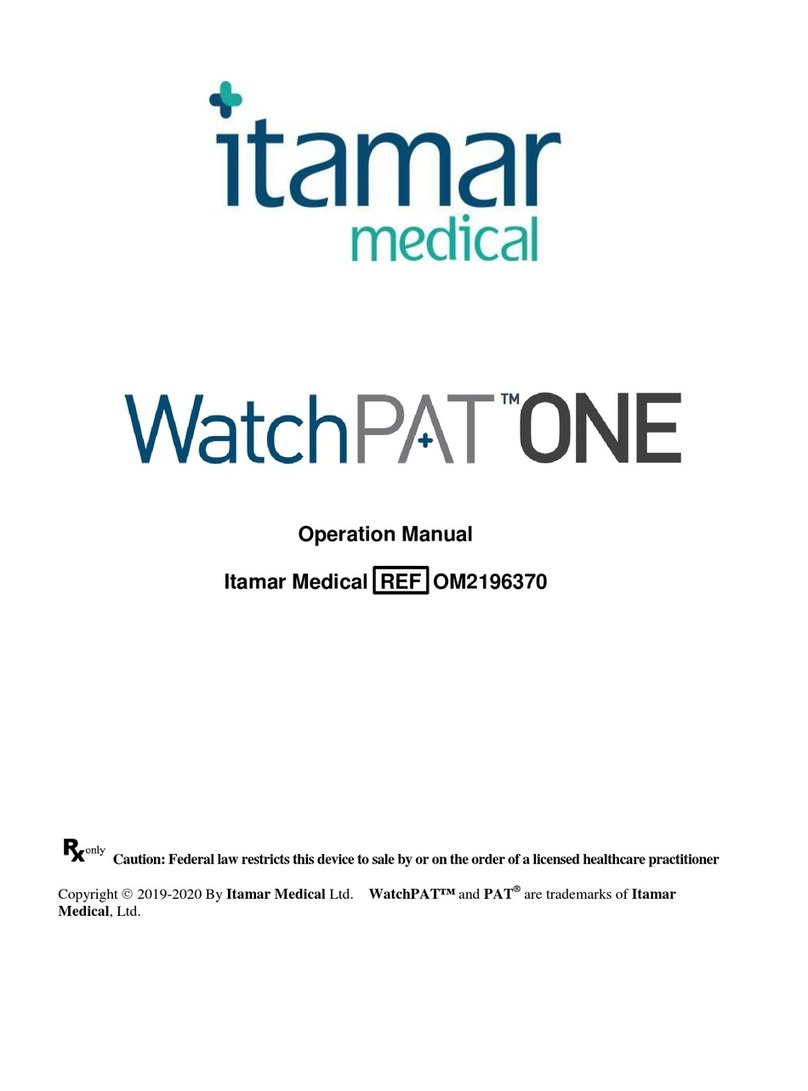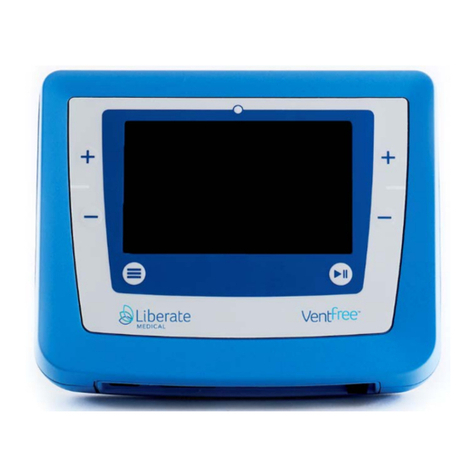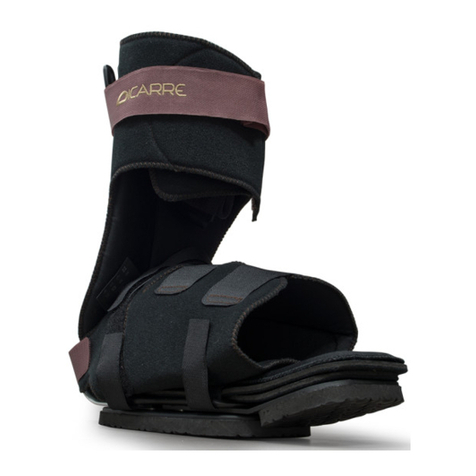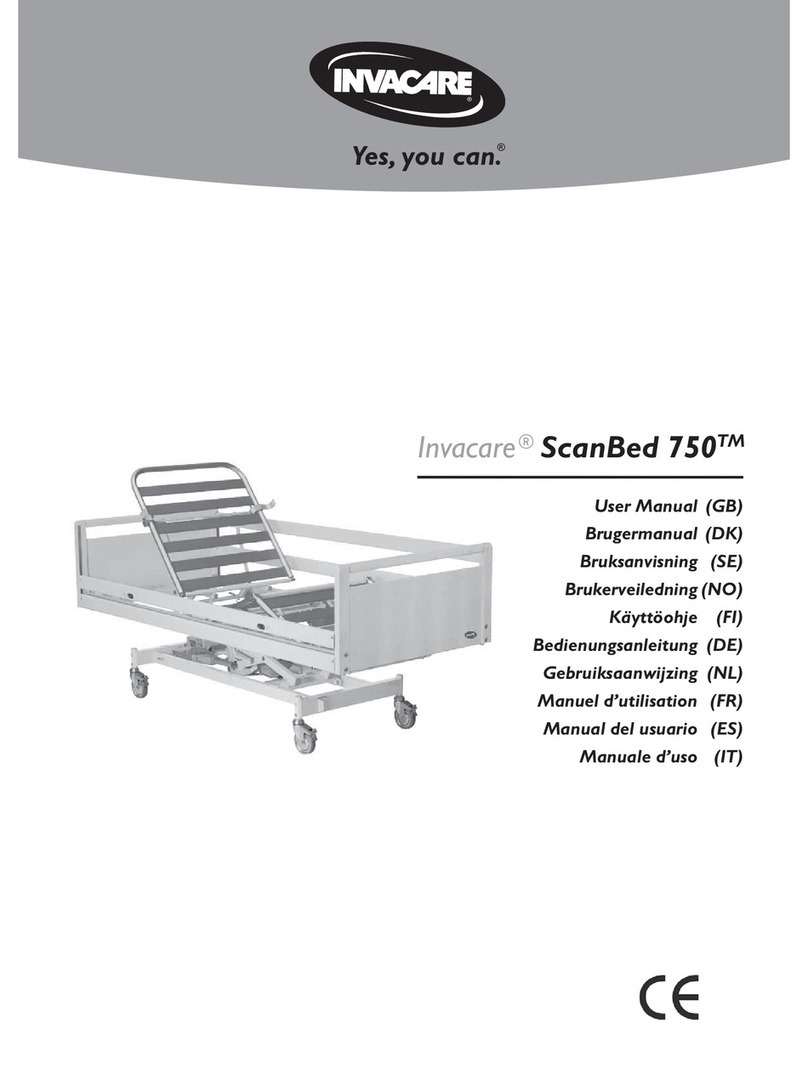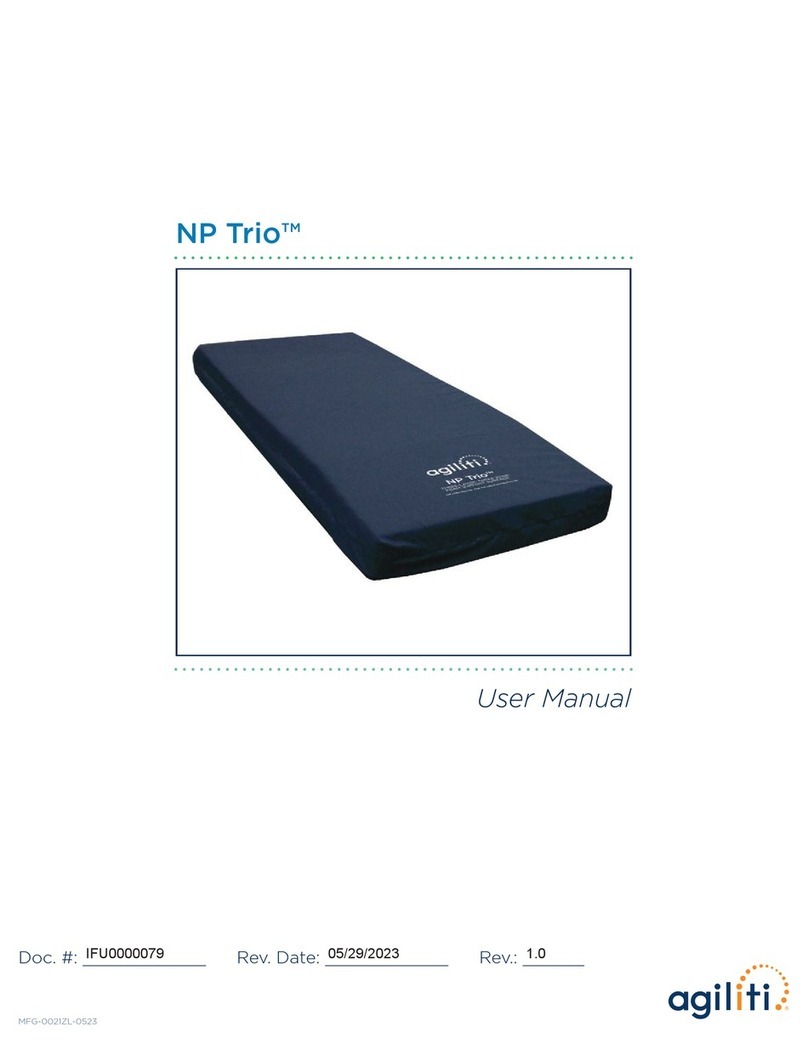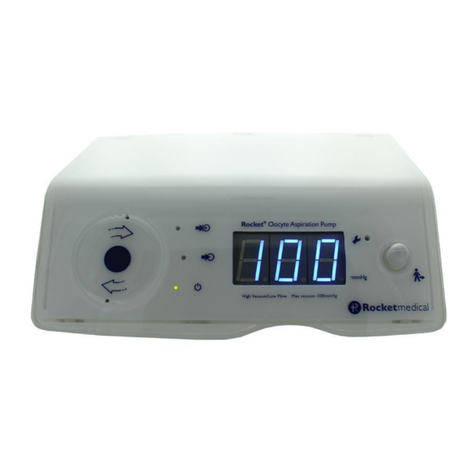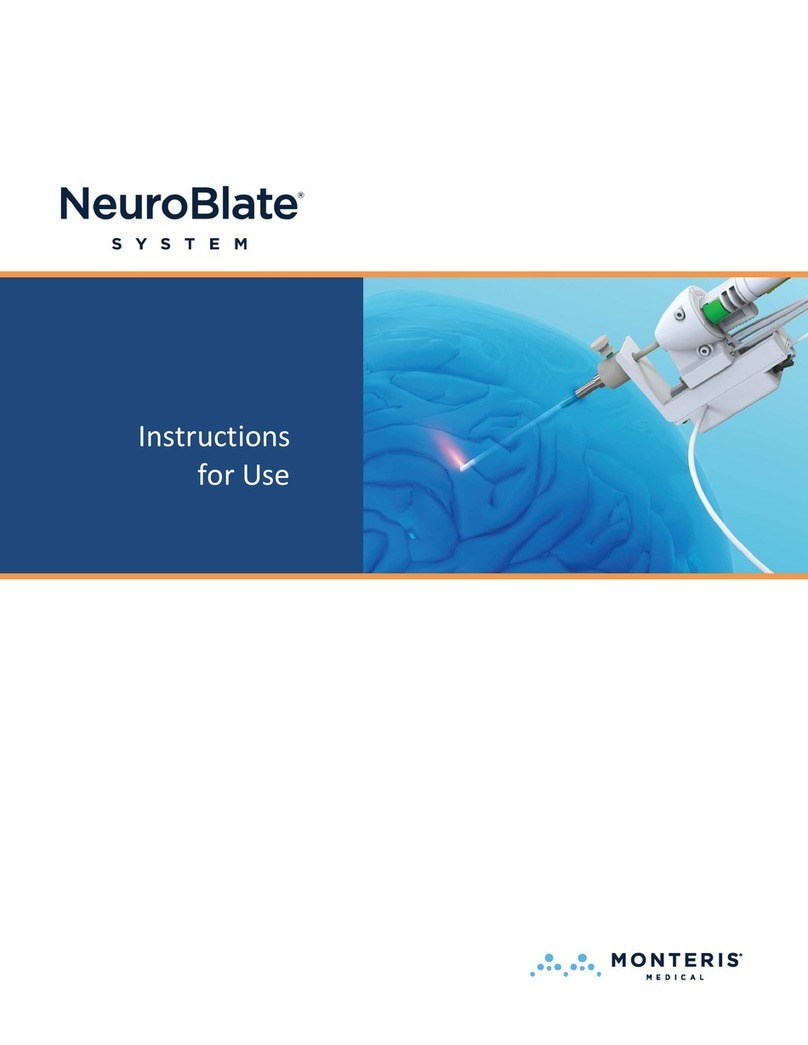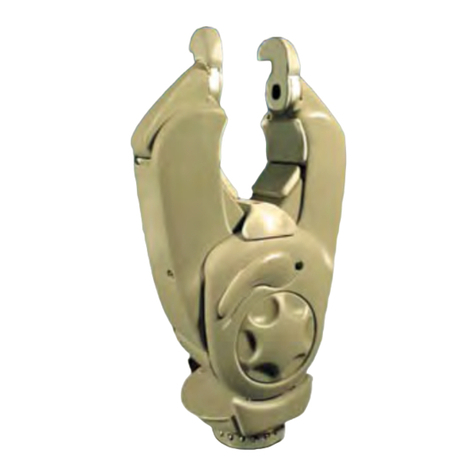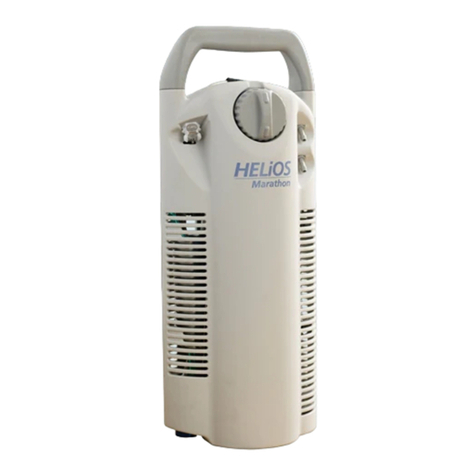
GE MEDICAL SYSTEMS PRECISION RXI SYSTEM PRE-INSTALLATION
DIRECTION 5123449-100, REVISION 12
_____________________________________________________________________________________________
Page 8 / 111 June 2009
6. Planning Electrical Connections ........................................................................................................ 63
6.1. Routing Cables.......................................................................................................................... 63
6.1.1. General............................................................................................................................. 63
6.1.2. Conduit ............................................................................................................................. 63
6.1.3. Floor Ducts ....................................................................................................................... 63
6.1.4. Power Distribution ............................................................................................................ 63
6.1.5. Emergency Power ............................................................................................................ 66
6.2. Master Interconnect System (MIS)............................................................................................ 66
6.3. Hospital Network Connections.................................................................................................. 66
6.3.1. Remote services broadband pre installation requirements for Europe............................ 66
7. Laying Out the Room......................................................................................................................... 67
7.1. Considerations .......................................................................................................................... 67
7.1.1. Radiation Protection ......................................................................................................... 67
7.1.2. Service Access.................................................................................................................67
7.1.3. Clinical Access.................................................................................................................. 67
7.1.4. Peripheral Equipment....................................................................................................... 67
7.2. Typical Room Layout................................................................................................................. 68
8. System Facility Power and Grounds.................................................................................................. 70
8.1. Introduction................................................................................................................................ 70
8.2. Electrical Power and Disconnects............................................................................................. 70
8.3. Power Quality............................................................................................................................ 70
8.3.1. Optional System Main Disconnect.................................................................................... 70
8.4. Electrical Requirements ............................................................................................................ 71
8.4.1. Generator Electrical Requirements .................................................................................. 71
8.4.1.1. System Power Specifications....................................................................................... 71
8.5. Electrical Grounds..................................................................................................................... 73
8.5.1. System and Facility Grounds............................................................................................ 73
8.5.2. Recommended Ground Wire Sizes.................................................................................. 73
8.5.3. Grounding the Invasive Procedure Room ........................................................................ 73
8.5.4. Grounding Critical Care Areas.......................................................................................... 73
8.5.5. Final Checks, Before System Installation Can Begin....................................................... 74
9. Planning Aids..................................................................................................................................... 76
9.1. Packaging Information............................................................................................................... 76
9.1.1. Overhead Tube Suspension............................................................................................. 76
9.1.2. Table................................................................................................................................. 77
9.1.3. Generator.......................................................................................................................... 79
9.1.4. Wallstand.......................................................................................................................... 79
9.2. Materials and Tools................................................................................................................... 80
9.2.1. Tools and Materials Needed But Not Shipped With The Product.................................... 80
9.2.2. Materials Provided with Product....................................................................................... 80
9.3. Preparing the Delivery Route....................................................................................................80
9.3.1. Table Delivery Route Specifics......................................................................................... 81
9.3.2. Rail Delivery Route Specifics ........................................................................................... 82
10. System Cable Information............................................................................................................. 85
11. Seismic Calculations...................................................................................................................... 87
11.1. Overview ................................................................................................................................... 87
11.2. Calculations............................................................................................................................... 87
11.2.1. Elevating Table.................................................................................................................88
11.2.1.1. Slab on Grade.......................................................................................................... 88
11.2.1.2. Upper Floor.............................................................................................................. 90
11.2.2. Non-Elevating Table......................................................................................................... 92
11.2.2.1. Slab on Grade.......................................................................................................... 92
11.2.2.2. Upper Floor.............................................................................................................. 94
11.2.3. Generator Cabinet............................................................................................................ 96
11.2.3.1. Slab on Grade.......................................................................................................... 96
11.2.3.2. Upper Floor.............................................................................................................. 97
11.2.4. Integrated Console ........................................................................................................... 98
11.2.4.1. Slab on Grade.......................................................................................................... 98
11.2.4.2. Upper Floor.............................................................................................................. 99
11.2.5. Table Cabinet ................................................................................................................. 100
11.2.5.1. Slab on Grade........................................................................................................ 100
11.2.5.2. Upper Floor............................................................................................................ 101
